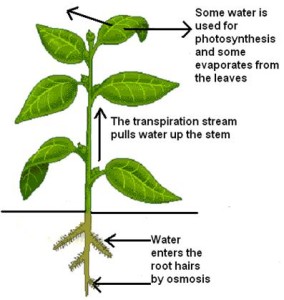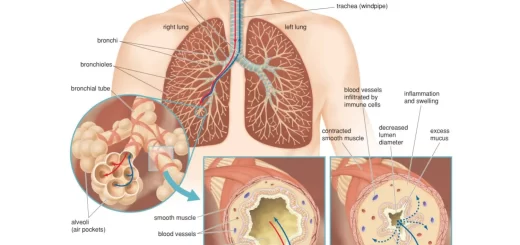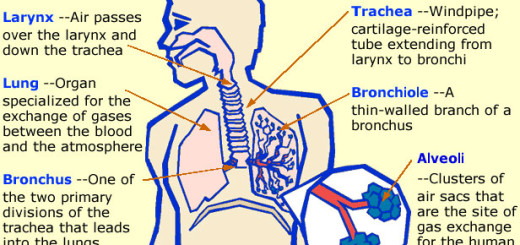The transpiration process and the transmission of juice from the root to the other parts of the plant
The transmission of juice from the root to the other parts of the plant
The water and the mineral salts (juice) are transmitted from the root to other parts of the plant to use them in making the food, It is transmitted from the soil by the osmosis feature due to the concentration of the salt inside their vacuole is higher than the concentration of the salt in the soil.
The mineral salts are transmitted from the soil by the selective permeability of the semi-permeable of the membrane of the root hair, The root hairs in the epidermis layer absorb the water and mineral salts (the juice) from the soil.
The juice is transmitted to the endodermis layer which regulates passing of the water to the xylem, The xylem (wood tissue) rises the juice to reach the stem and other parts of the plant as the leaves and the flowers.
The transpiration process
The transpiration process is a vital process by which the plant loses the water in the form of the water vapour from the leaves or from the other green parts through the holes called the stomata.
Loss of the plant water by the transpiration process creates pressure that raises the water upwards to the plant top.
The stomata are widely spread on the lower surface of the plant leaves, and the plant loses most of the water that reaches the leaves through the stomata.
Each stoma is surrounded by two guard cells which control opening and closing the stoma by changing their shapes.
The stomata are tiny holes that widely spread on the lower surface of the plant leaves, through which the plant gets rid of the excess water.
Mechanism of the transport in higher plants, Theories explain the ascent of water in the plant
Transportation in plant, Structure & role of the plant stem in the process of transportation
Excretion in plants, Importance & types of transpiration for the plant




